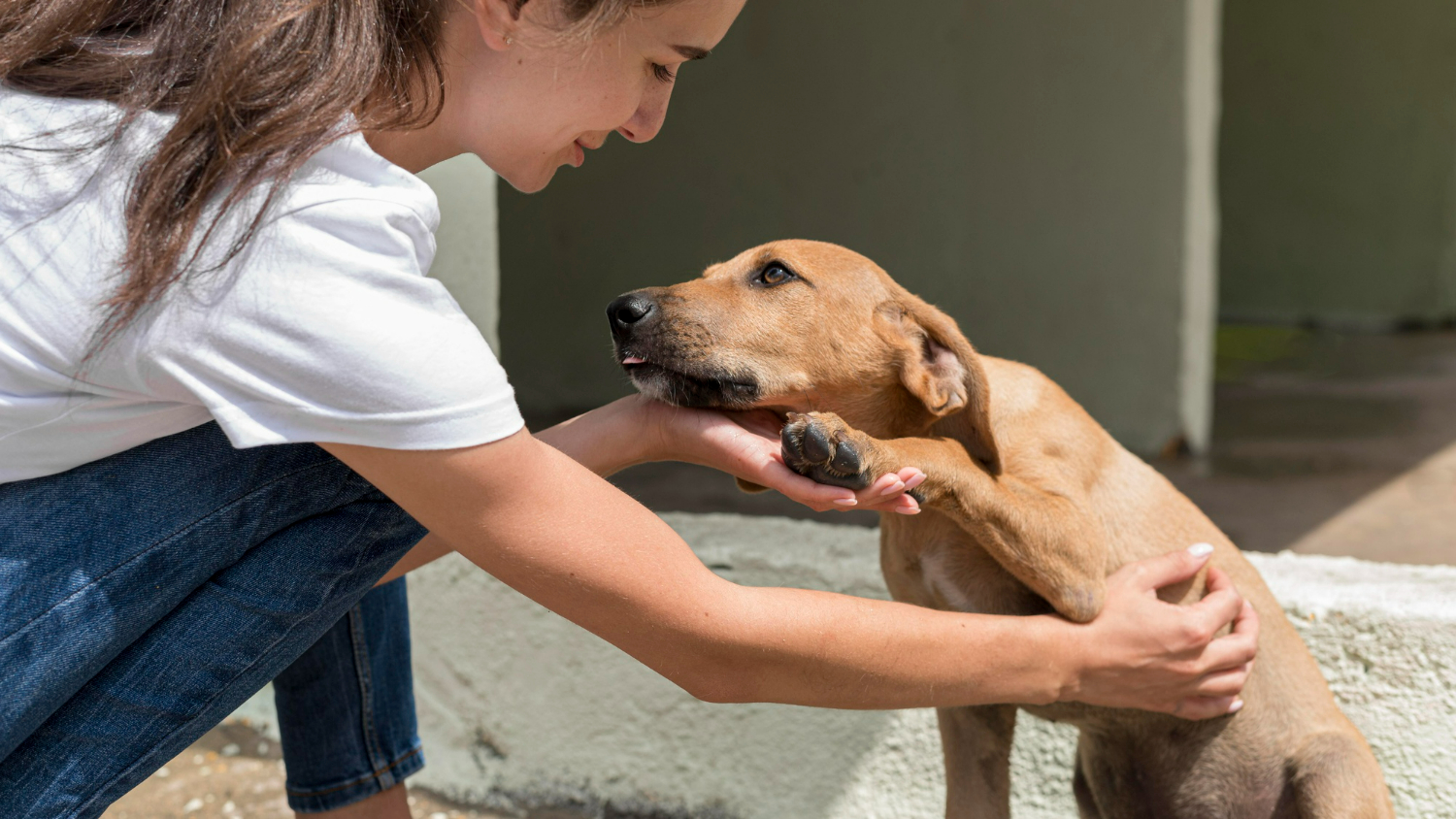Bringing a rescue into your home rather than buying from a breeder is a great way to show empathy and responsibility, especially considering these animals have had a rough past and may not even know what love and care mean.
A recent report by the American Society for the Prevention of Cruelty to Animals (ASPCA) shows that over 4 million pets are adopted from shelters every year in the U.S. This means it’s a common practice among many pet owners to adopt a rescue, and joining them will undoubtedly be an exciting experience for you.
Regardless, while the easiest part of adopting a rescue is bringing them home, making them a part of your family is a whole different story. If you’re a first-time parent, then this may even be tougher than you may have imagined.
But don’t get frustrated yet. We will discuss some strategies for welcoming your new pet into your home.
Get Your Home Ready
Every living organism, including your rescue pet, reacts and adapts to its environment differently. This is why you must make a few changes before you bring them in so they can accept your space as their new home.
This may mean:
- Pet-proofing your home
- Making customizations
- Setting up a designated area for them
- Getting them comfortable bedding, etc.
A rescue will surely be scared when taken from their shelter to a new place they don’t know. They are unsure what your intentions are, and any uncalculated moves from you might be interpreted as a form of aggression, and they may react likewise. So you must factor in these details before bringing them home.
At least for now, they should have a spot where they can stay when they are shy or scared and a few toys to keep them engaged. You can create this resting spot using their species, breed, and any known history the shelter may have provided. If it’s a dog, a quiet, enclosed space where they can retreat when feeling overwhelmed is a good place to start.
Cats are very territorial, so if you’re bringing them in, it would be better to set up their space vertically, like on a shelf or somewhere they can analyze the whole apartment in one glance. Later, when they’ve grown accustomed to you and your home, you can change the spot (if needed).
The First Few Days
With the unknown level of instability and hostility your rescue animal may have suffered in their previous life, it’s always better to take things slow with them. This is not a phase for “happy moments” social media posts or show-offs.
You must understand the pet in your home and be patient enough to allow them to see you as a parent and not a threat. This could take days, weeks, or even months, but not relenting is very important at this stage.
Dr. Evan Ware of the Phoenix Veterinary Center, a veterinarian specializing in animal orthopedic disease and surgery, recommends a phased approach. First, understand your rescue’s medical condition and help them feel better, then proceed to create some form of structure in their lives.
This can mean serving them meals at a specific time every day so they can know what to expect from you. It can also mean petting their heads whenever you return from work or go out. With time, they will get used to you and give you more vulnerability to bond.
The more predictable you are to your rescue, the easier they can trust you and become more vulnerable. So, focus on creating some form of structure around them for the first few days.
Don’t Expect Trust, Build It
It’s hard to know the trauma your rescue may have experienced, so don’t expect they will jump on your laps the moment you get home or start wagging their tails.
At first, they will be shy or scared and express these emotions by staying away from you or getting aggressive unnecessarily. It’s a common behavioral issue among rescue animals, so don’t start worrying that they may never like you. As said earlier, create a sense of orderliness in their lives and gradually allow them to bond with you.
For rescue pets, trust doesn’t happen instantly. It might take months for them to be free around you, so before then, try to set all the needed boundaries with them now because once they’ve grown accustomed to being vulnerable around you, any new changes may trigger their past traumas.
So, teach them all they need to know about you during the first 2 to 5 weeks. Fix a specific day for veterinary care, and stick with it. Teach them about boundaries around you (especially when working or having a guest).
Show them how to communicate and provide an incentive/disincentive system that rewards their good behaviors and punishes the wrong ones. All these are what will build trust between you and your rescue. Animals are intelligent, so they will adapt to these new systems quicker than you expect—the only important thing for you is to be consistent.
Wrapping Up
Yeah, these tips will require patience and multitasking, but they are worth it and will get you faster results. Rescues are like humans—scared, unsure, and easily traumatized. But with these tips, you can gradually help them see life differently.

